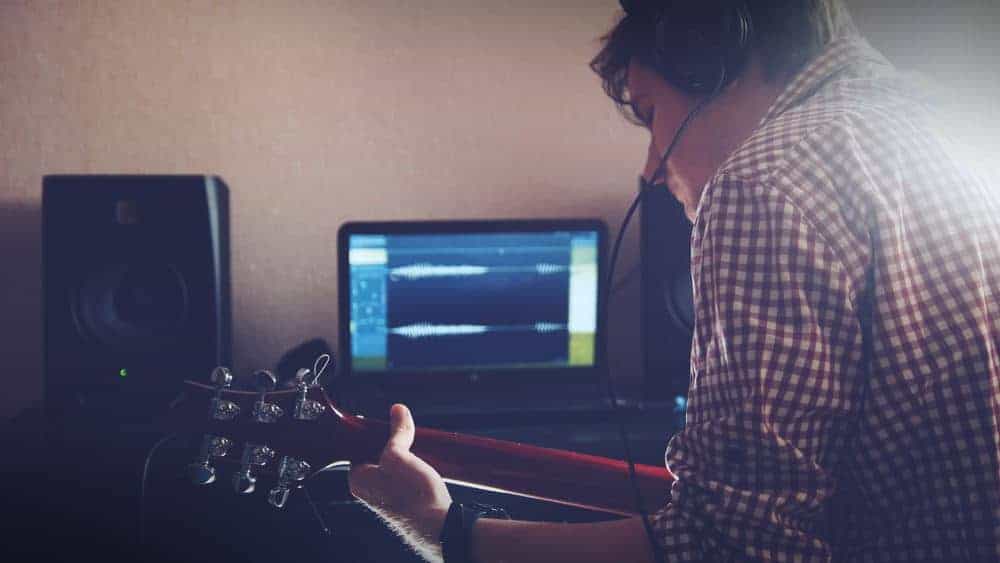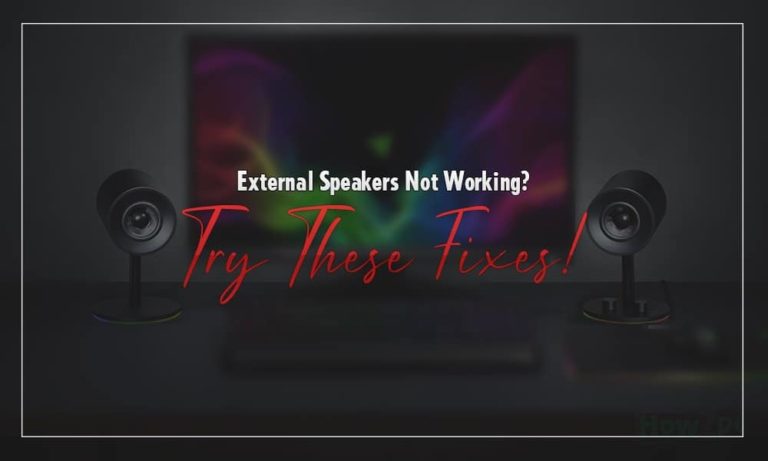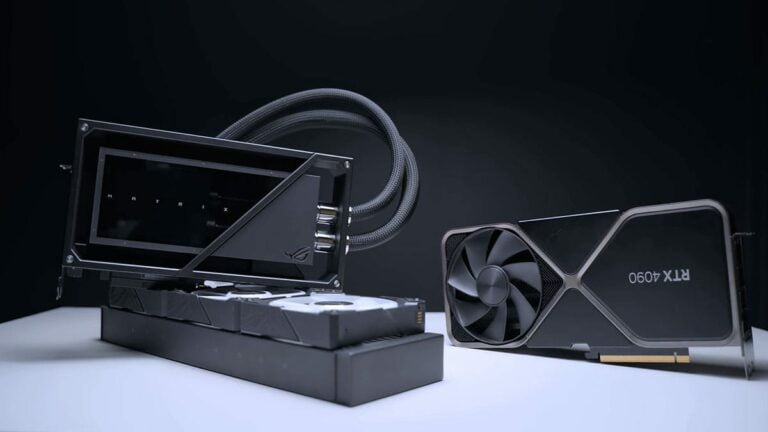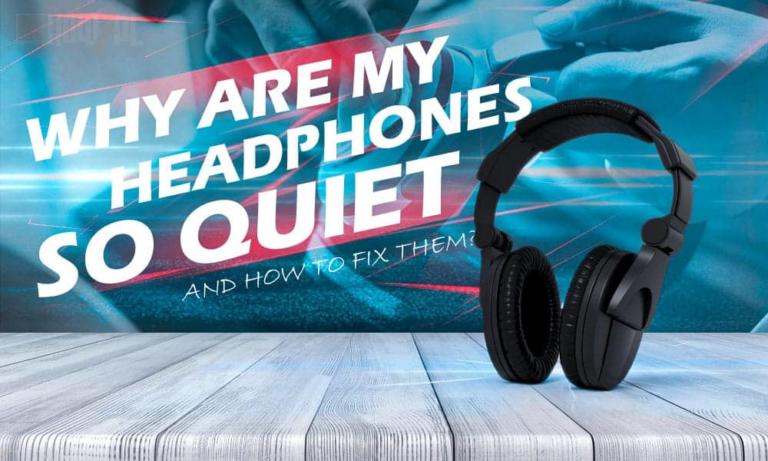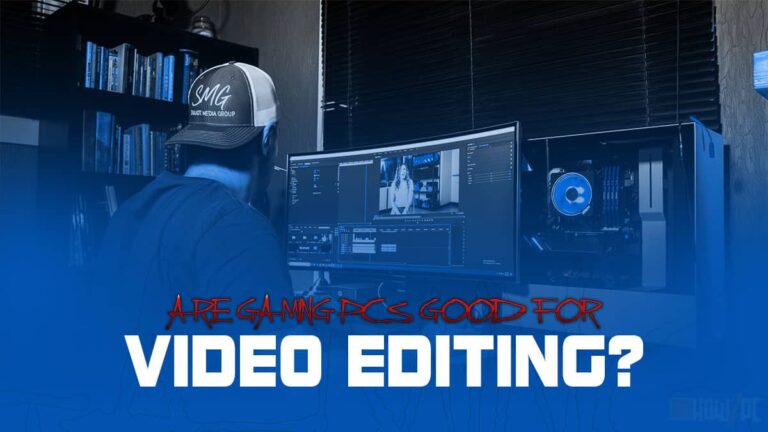These days, connecting a guitar to a computer is becoming more and more popular. It’s a great way to get more out of your guitar, and there are many software options available that can help you take your playing to the next level. In this article, we’ll show you how to connect your guitar to a computer so you can start using all of these great tools.
So, let’s take it a step at a time, shall we?
- The first thing you need to do is get a cable that will connect your guitar to the computer. There are many different types of cables available, but we recommend using an instrument cable with a 1/4″ jack on each end.
- Once you have your cable, plug one end into the “output” jack on your guitar. This is usually located on the side or back of the guitar.
- Next, take the other end of the cable and plug it into the “input” jack on your computer. This is usually located on the back of the tower or on the side of a laptop. If you’re not sure where to find it, just consult your computer’s manual.
- Now that your guitar is physically connected to your computer, it’s time to set up the software. There are many different options available, but we recommend using Guitar Rig 5 by Native Instruments. It’s a comprehensive and easy-to-use program that has everything you need to get started.
- Once you have Guitar Rig 5 installed, fire it up and take a look around. The first thing you need to do is create a new “instrument” by clicking on the “Instruments” tab and then selecting “Guitar.”
- Now that you have your instrument created, it’s time to begin configuring the sound. This is where things can get a bit overwhelming, but don’t worry – we’ll just focus on the essentials.
- The first thing you need to do is select the “amp” that you want to use. Guitar Rig 5 comes with a wide variety of different amp models, so take some time to experiment and find the one that sounds best to you.
- Once you’ve selected your amp, it’s time to adjust the EQ. This is where you can really shape the sound of your guitar. Again, take your time and experiment until you find a sound that you like.
- The last thing we’ll adjust is the reverb. This is a bit more personal preference, but we recommend keeping it relatively low – too much reverb can make your guitar sound “muddy.”
- That’s it! You’re now ready to start playing. Remember to take your time and experiment with the different settings to find a sound that you like. And if you ever get stuck, just consult the Guitar Rig 5 manual – it’s very comprehensive and will surely have the answers you’re looking for.
Tips on Getting the Best Sound From Your Guitar When Connecting to a Computer
Now that we’ve gone over the basics of how to connect your guitar to a computer. Let’s talk about how to get the best sound possible. Here are a few tips:
- Use a high-quality cable. This may seem like a no-brainer, but it’s important to use a good-quality instrument cable when connecting your guitar to a computer. Cheap cables can introduce all sorts of unwanted noise and interference, so it’s worth spending a little extra to get a good one.
- Use an external sound card. If you’re serious about getting the best sound possible from your setup, we recommend using an external sound card. These devices will provide you with much better sound quality than the built-in sound cards found in most computers.
- Use high-quality headphones or speakers. The quality of your headphones or speakers will have a big impact on the sound you hear from your guitar. If you’re using cheap, low-quality audio gear, you’re not going to get the best sound possible. Again, it’s worth spending a little extra to get good-quality headphones or speakers.
- Take your time setting up the software. As we mentioned earlier, there are many different software options available for use with guitars. Some are better than others, so it’s important to take your time and find the one that works best for you. We recommend starting with Guitar Rig 5 – it’s a great all-in-one solution that’s very easy to use.
- Experiment with the settings. Don’t be afraid to experiment with the different settings in your software to find a sound that you like. Everyone’s ears are different, so what sounds good to one person may not sound good to another. Take your time and play around until you find a sound that you’re happy with.
And that’s it! These are just a few tips on how to get the best sound possible from your guitar when connecting it to a computer. If you follow these tips, you should be able to get great results.

